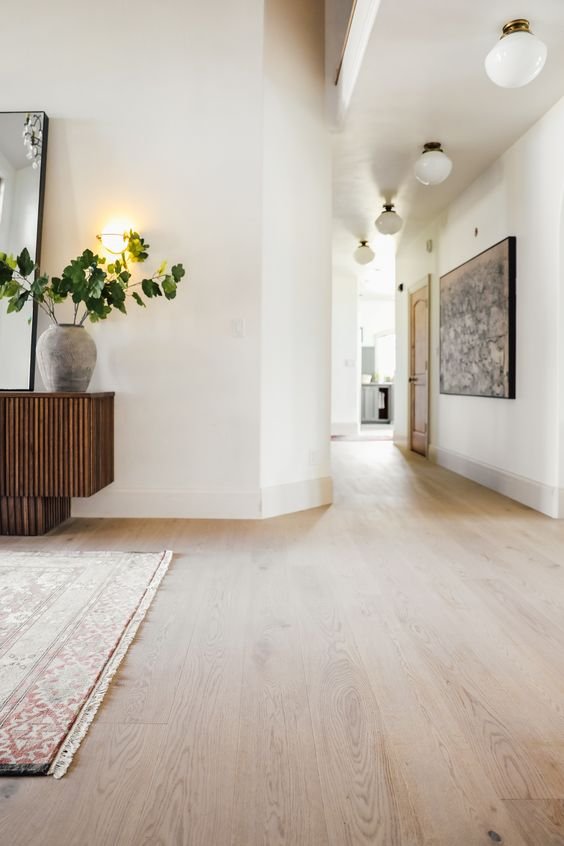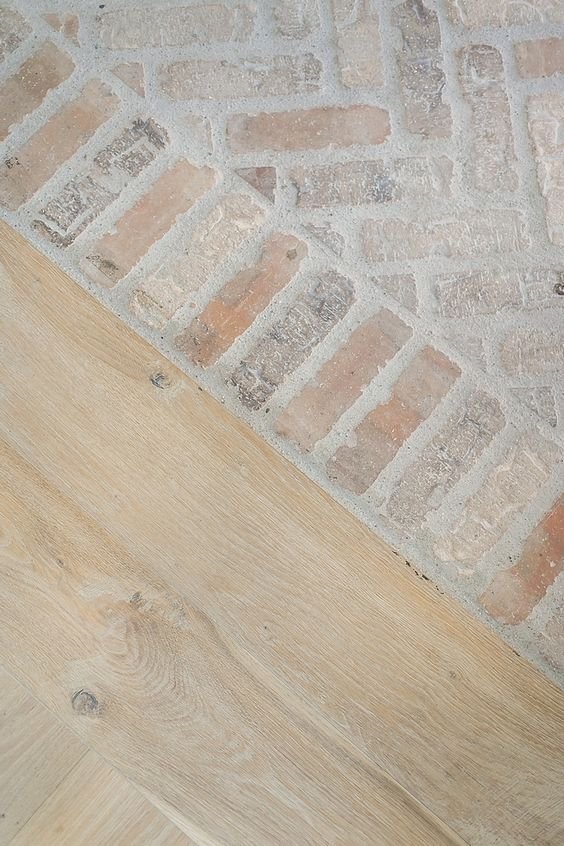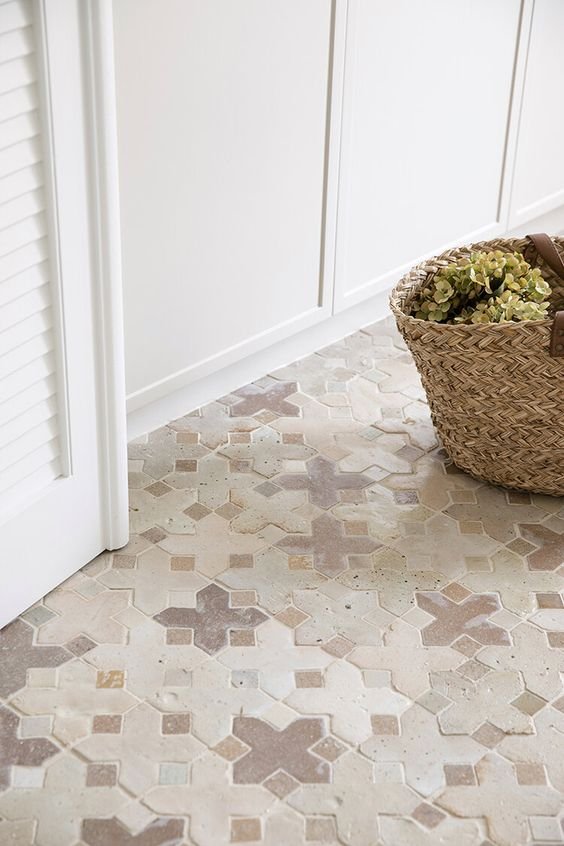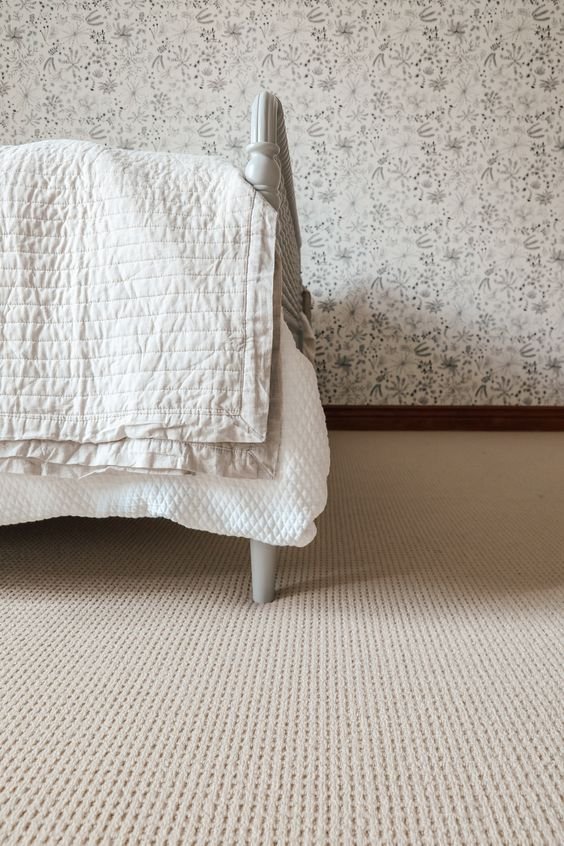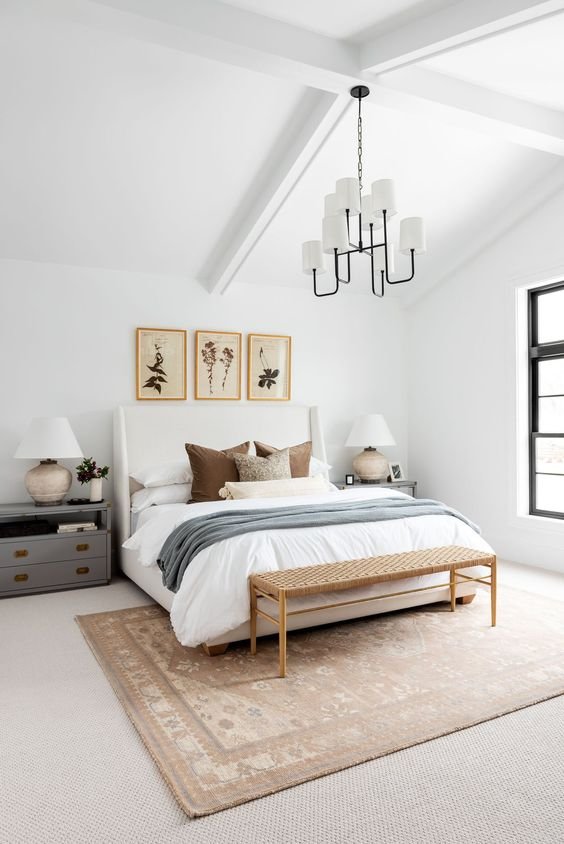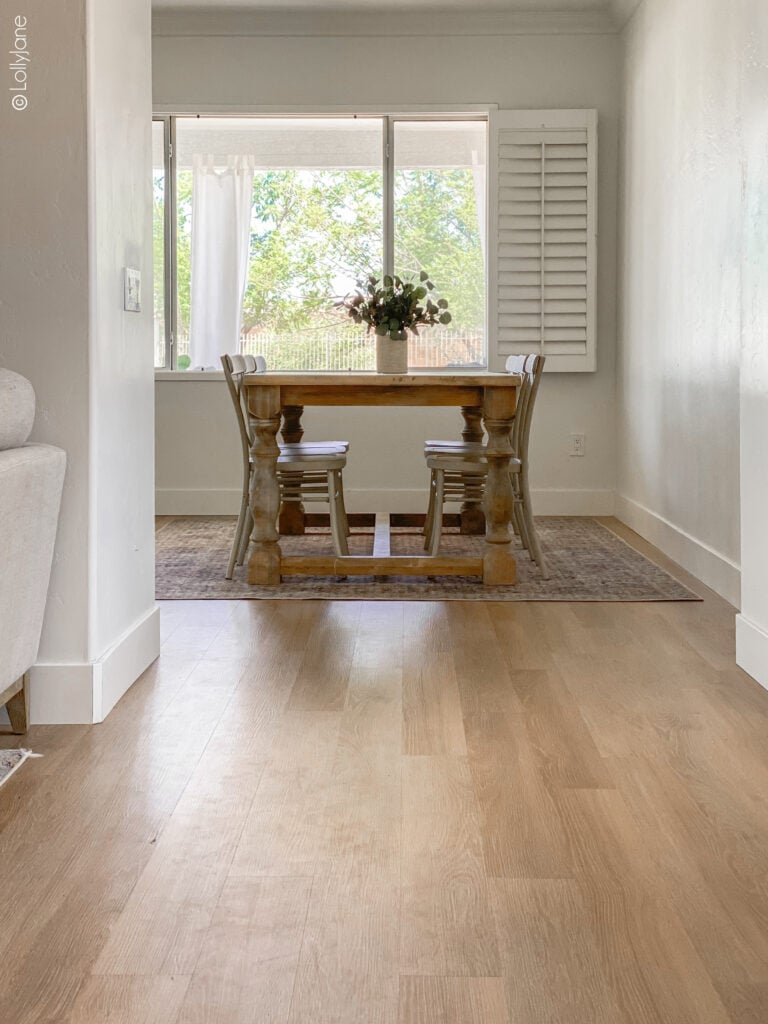Choosing The Right Flooring For Your Home
There are so many different types of flooring options out there that it can be overwhelming when selecting the right option for your home! When we work with clients, we start by asking a few questions to determine their needs based not only on their aesthetic preferences but also their lifestyle. A client with a young family in Canada will have different needs for a durable flooring option than retired clients living at a Florida Beach house. Lets look at and compare some of the most common flooring materials and options so you can make the best decision for you and your family!
1. Tile
Tile is a very versatile flooring option. The design options for tile flooring is endless because of the many different shapes, sizes, colours and finishes it is available in. Tile materials can consist of porcelain, ceramic, marble, glass and natural stone with the most common and user friendly options being ceramic and porcelain. We use tile primarily in bathrooms, mudrooms, entryways, as it is a durable option for those areas that may see a lot of water and outside element such as dirt and salt from muddy, snowy boots. It can be very easy to clean, and is also able to accommodate in floor heat.
One downside to tile flooring is it can be very hard underfoot, and tough to stand on for longer periods of time. Because of this, we are seeing people shy away from using it in areas like kitchens where we spend alot of time standing while cooking. If not heated (which we highly recommend!) it can also feel cold to walk on, especially in those climates that have long winter months.
2. Wood
Wood flooring is the most common option we source for clients. It is a such a beautiful and timeless material and we love the warmth and texture wood flooring brings to the space. Its also softer and warmer underfoot and easy to clean, making it a great option for the most used spaces in your home such as living rooms and kitchens.
When we talk about wood there are Solid options, and Engineered options. Solid is just as it sounds…planks of solid Hardwood. Engineered options are quickly taking over as the most popular options as they are user friendly, resist warping and can be installed in wider widths and longer planks than solid wood options can. Engineered hardwood usually consists of a laminated plywood core with a wood vaneer on the surface. Higher quality engineered wood will have a thicker core and thicker vaneer.
One downside to wood is it susceptible to water damage so its not always the best choice for entryways, which is why we rarely use it in bathrooms or mudrooms. It can also be costly and high-maintenance to upkeep, but we feel the benefits far outweigh the cons.
3. Carpet
Carpet is not a popular choice for flooring material these days, and many clients that are renovating opt to replace their existing carpet with wood. The main reason being that it can be hard to clean, and can hold onto smells such as pet urine. Although carpet is a more cost effective option than hardwood or tile, professional cleaning is a must every 6 months or so to keep it looking (and smelling!) like new, so the maintenance costs are higher than other options.
Some advantages to carpet is it is affordable, can feel very warm underfoot, and helps to muffles sound in a room, which makes it a great option for bedrooms. Carpet runners are also popular on wood stairs, acting both as a functional choice (safety for slipping) and a decorative choice to add some pattern and texture.
4. Luxury Vinyl Plank
Luxury Vinyl Plank (or LVP for short) is quickly becoming a very popular choice for clients who want the look of hardwood, but require a more durable option.
Luxury vinyl plank can be more affordable than hardwood, and can be installed over concrete floors, making it a great option for basements. It is available in many different colours, textures and widths, but the biggest selling point is the fact that it is resistant to scratches AND is water resistant, making luxury vinyl a great option for entryways, mud rooms, bathrooms, even laundry rooms. Living and working near the lake, we tend to use this type of flooring a lot in lakefront properties and cottages.
Some cons for this type of flooring option is that it is a bit harder underfoot than real wood, and can tend to look a bit manufactured if you don’t choose a high quality option. I tend to select LVP that has a beveled edge and some texture to the surface for amore realistic look.
Flooring is one of the most important parts of a project, and can be very hard to narrow down with all the available options. If you need help selecting the right materials for your next renovation project, contact us to chat! We can take the overwhelm out of the process.
Hi! I'm Sarah
By combining style + function, I can help you create a home for your family that is both lovely and livable.
